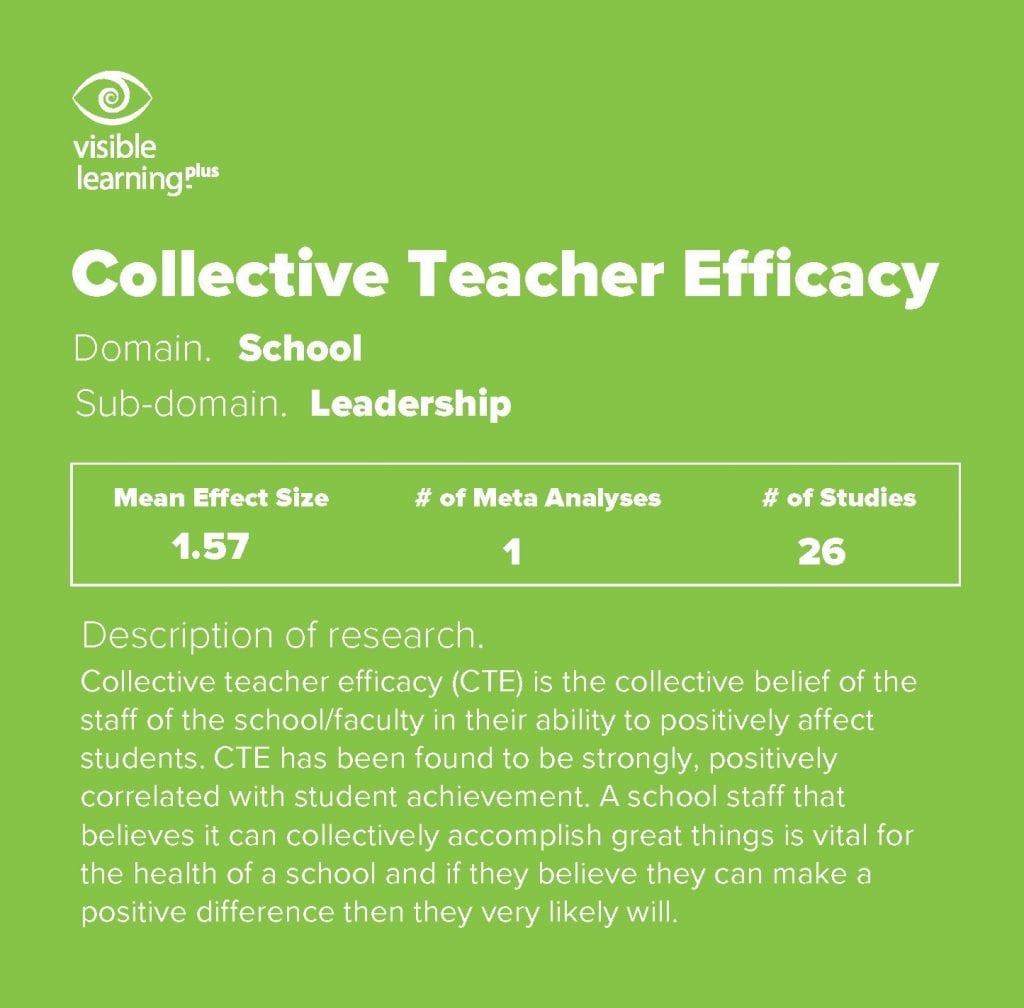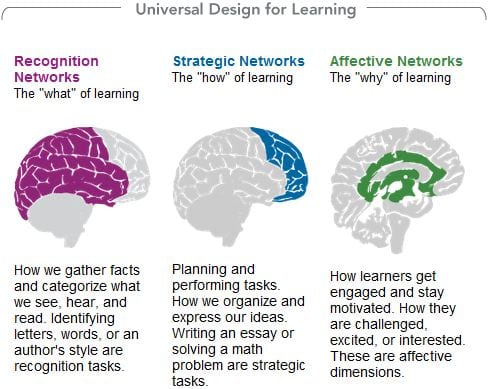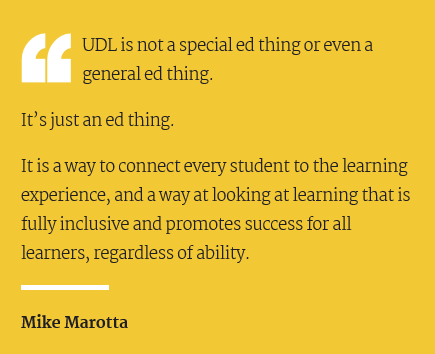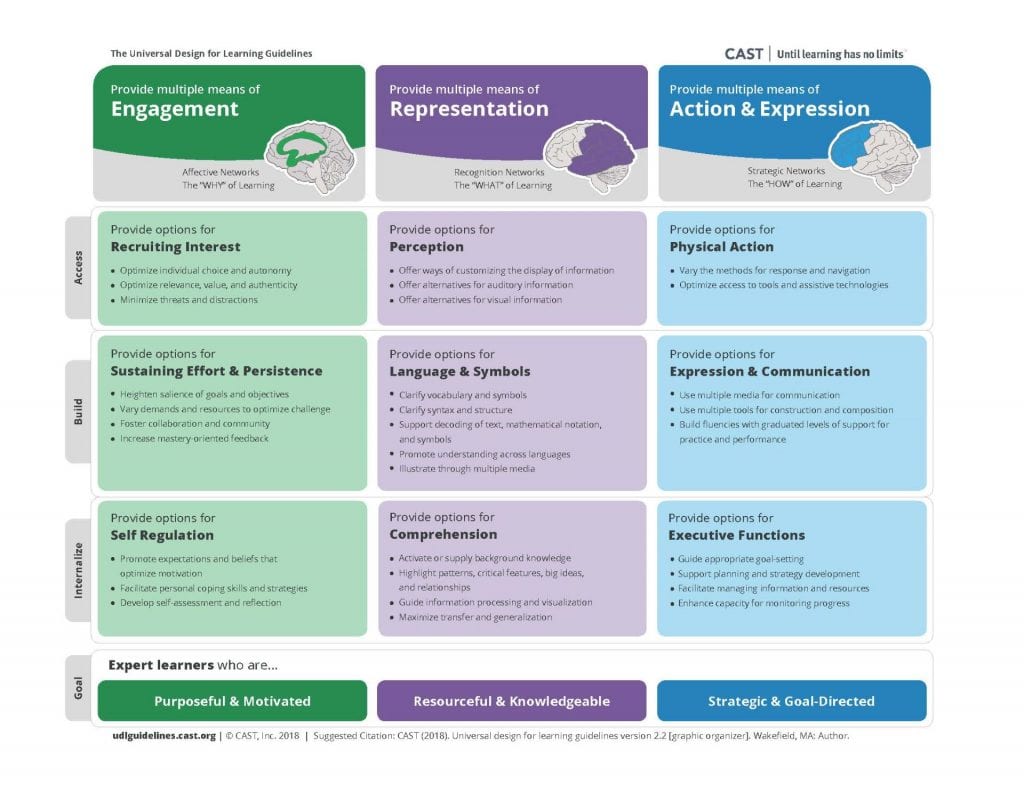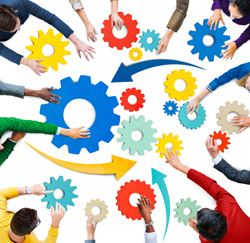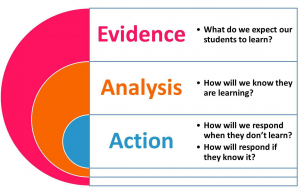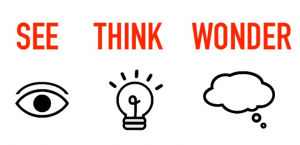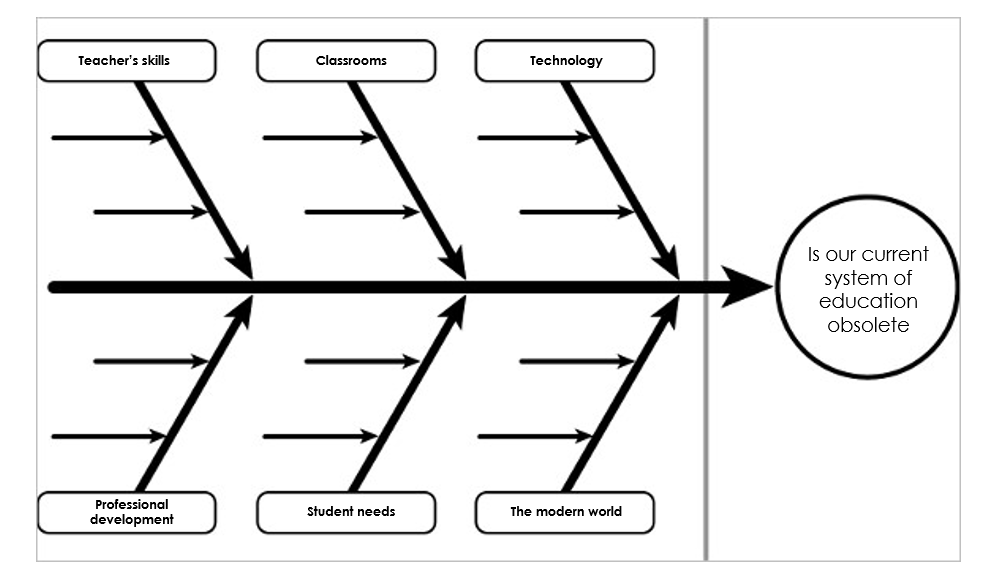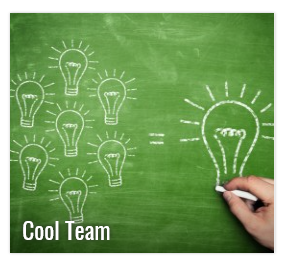What is it about?
Amazing things happen when a school staff shares the belief that they are able to achieve collective goals and overcome challenges to impact student achievement.
Teacher efficacy—”teachers’ confidence in their ability to promote students’ learning” (Hoy, 2000)
Six Enabling Conditions
School characteristics associated with CTE, documented in the research, helped in identifying six enabling conditions for collective efficacy to flourish (Donohoo, 2017). While enabling conditions do not cause things to happen, they increase the likelihood that things will turn out as expected.
- Advanced Teacher Influence
Advanced teacher influence is defined by the degree to which teachers are provided opportunities to participate in important school-wide decisions.
- Goal Consensus
Reaching consensus on goals not only increases collective efficacy, it also has a direct and measurable impact on student achievement (Robinson, Hohepa, & Lloyd, 2009)
- Teachers’ Knowledge About One Another’s Work
Teachers gain confidence in their peers’ ability to impact student learning when they have more intimate knowledge about each other’s practice.
- Cohesive Staff
Cohesion is defined as the degree to which teachers agree with each other on fundamental educational issues.
- Responsiveness of Leadership
Responsive leaders show concern and respect for their staff and protect teachers from issues that detract from their teaching time and focus.
- Effective Systems of Intervention
Effective systems of intervention help in ensuring that all students are successful.
Further Reading:
